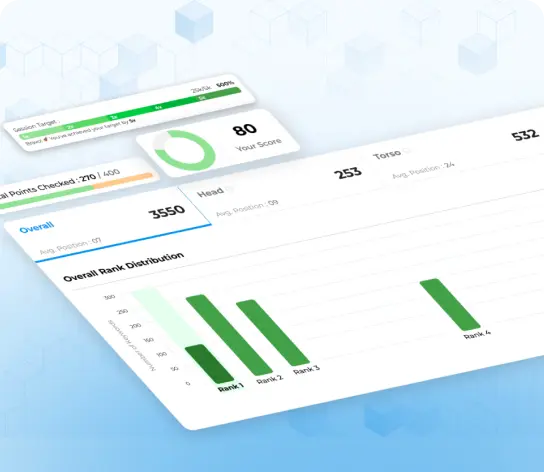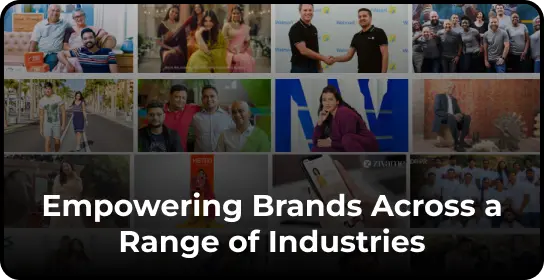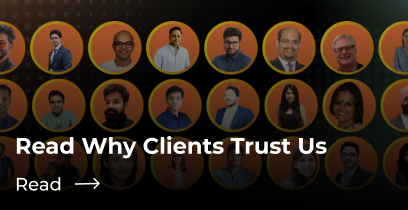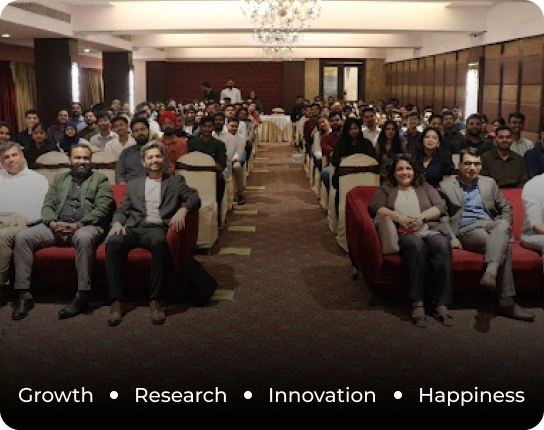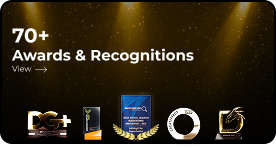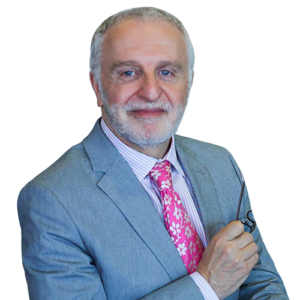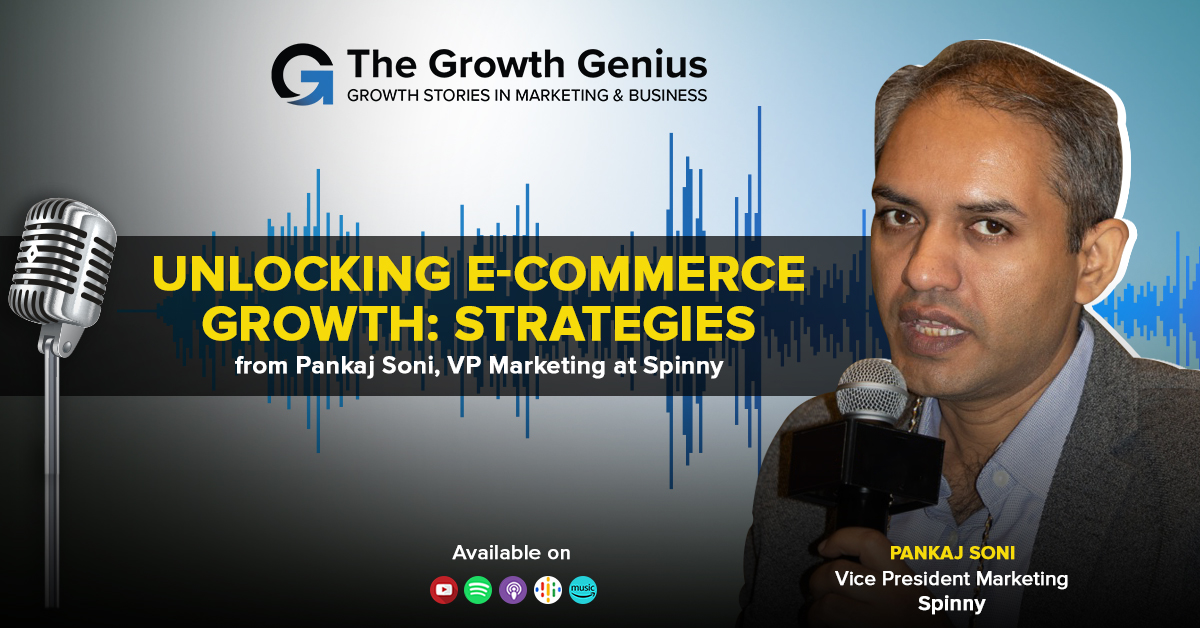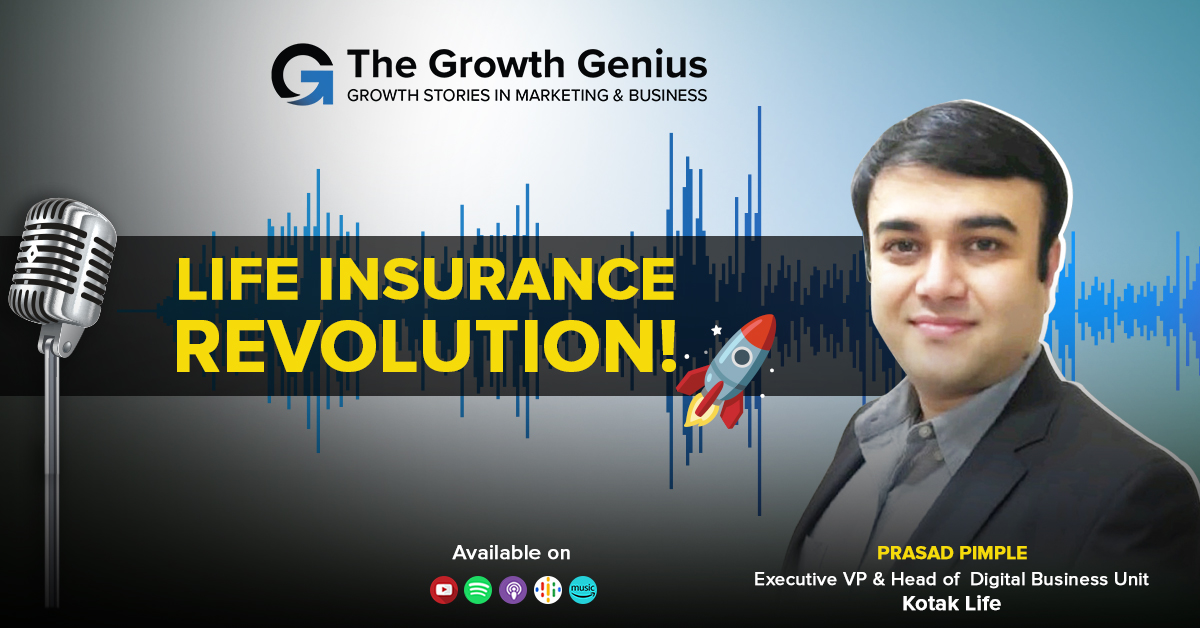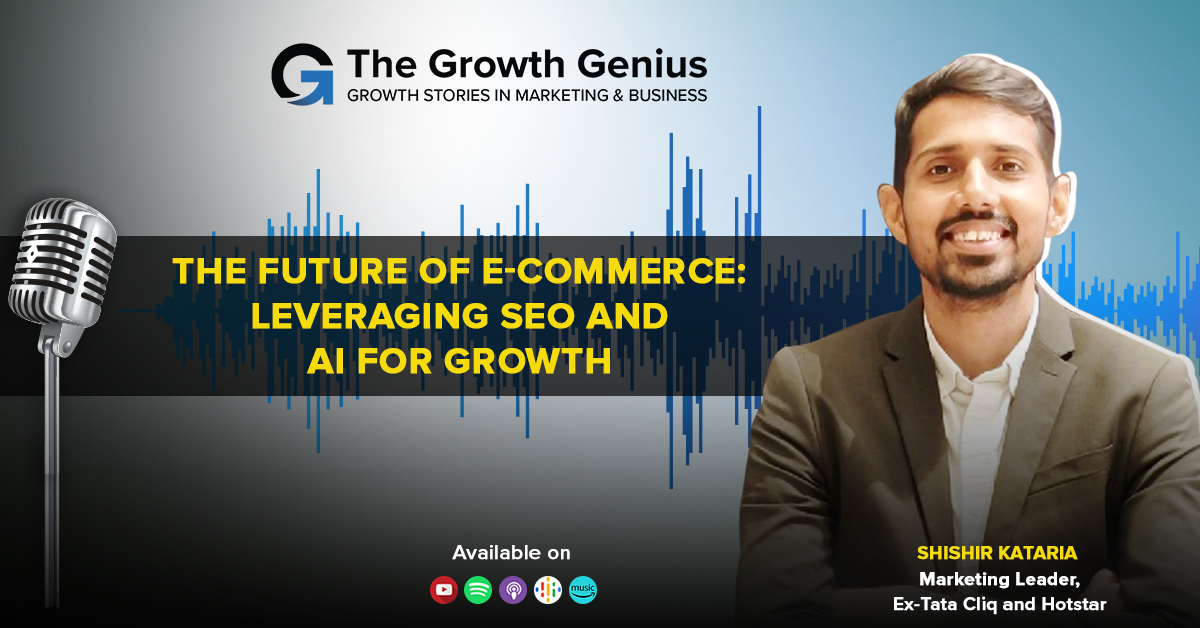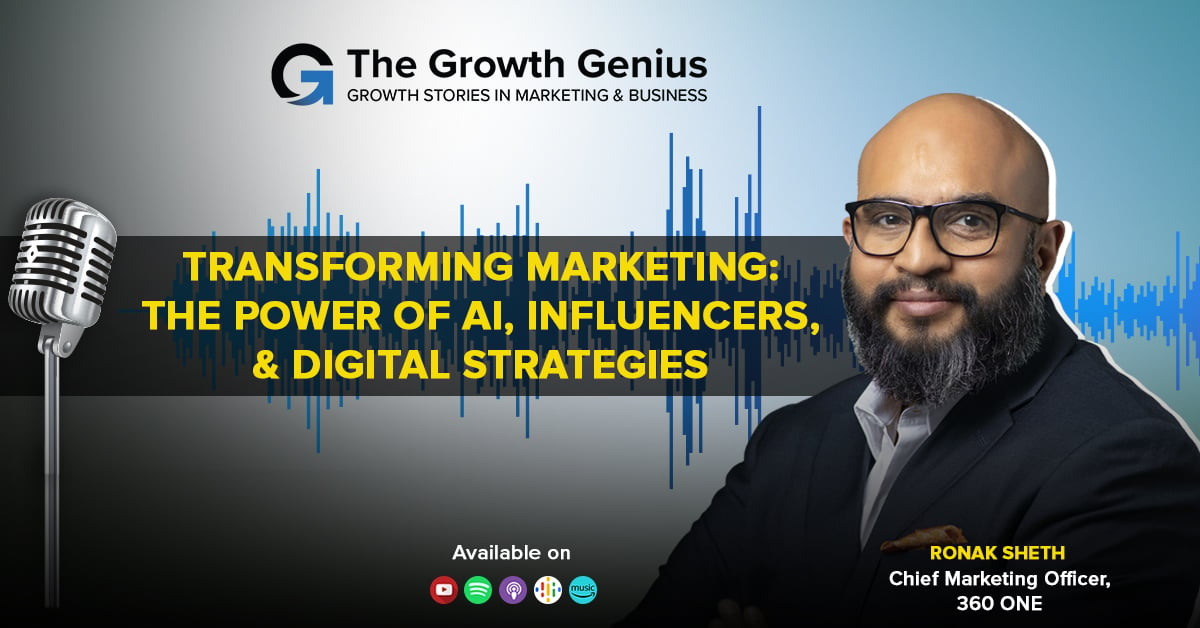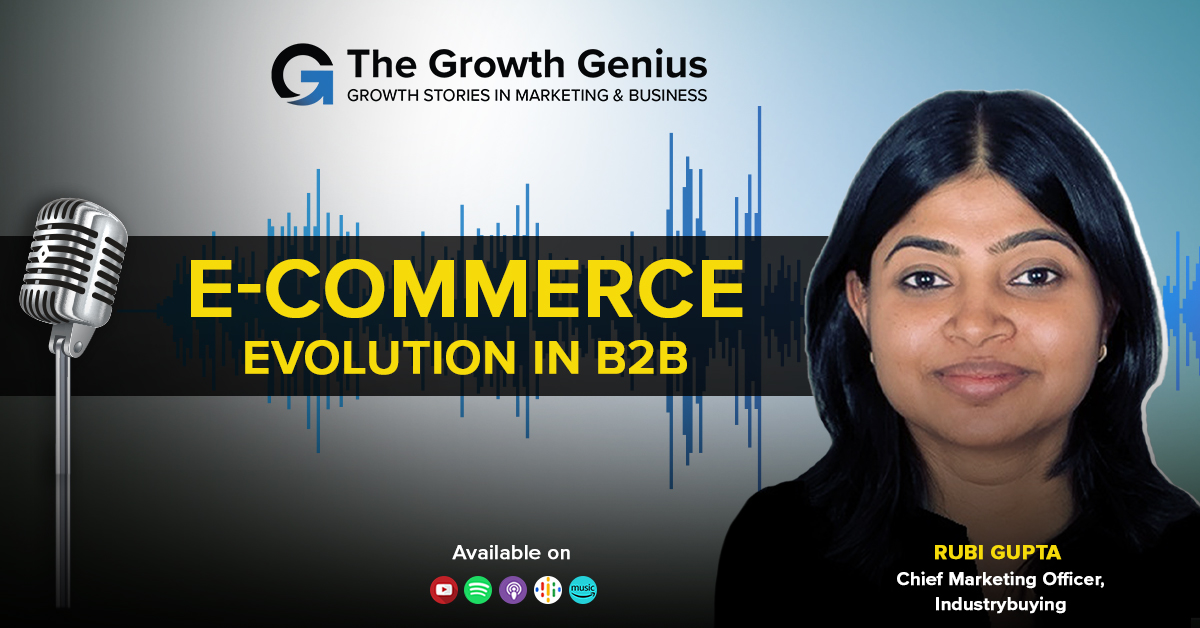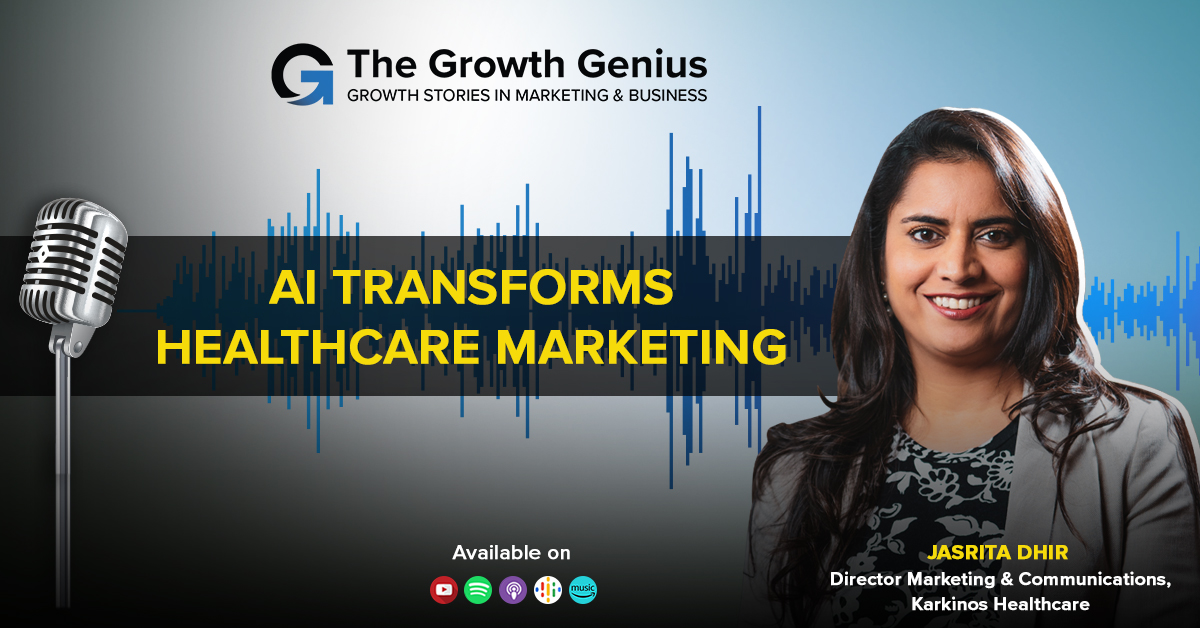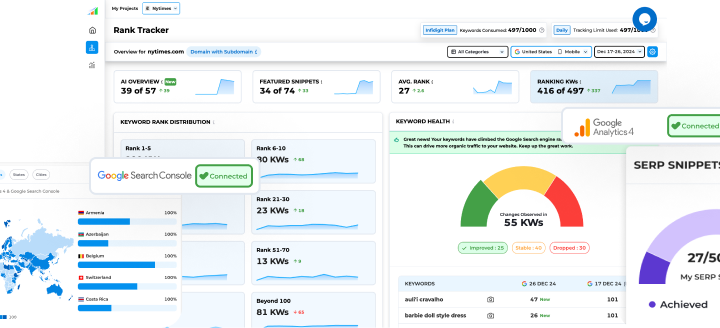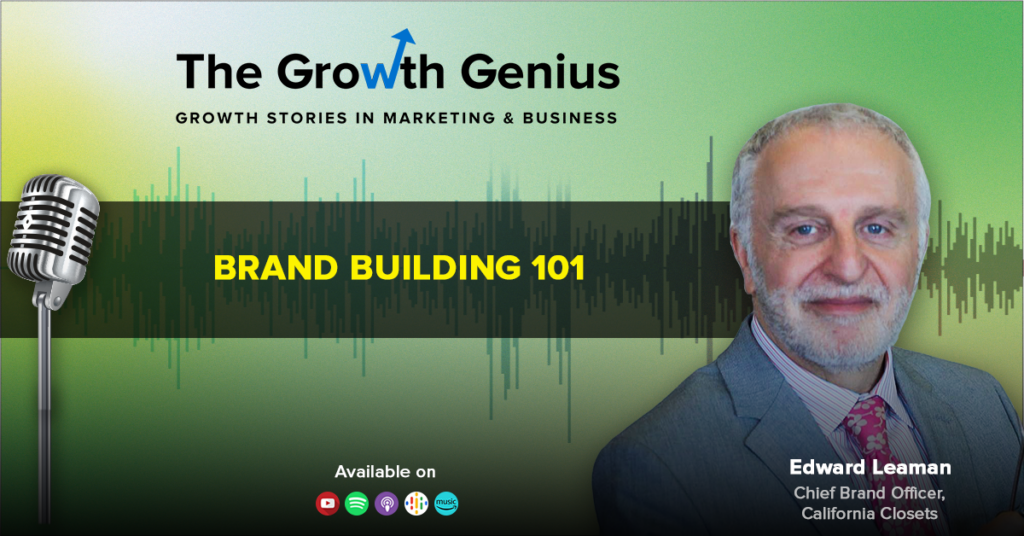Let’s Connect & Accelerate Your Organic Growth
- Your data is properly secured encrypted by SSL
|
Getting your Trinity Audio player ready...
|
Listen on your Podcast app
Summary
In this podcast episode, Edward Leaman discusses the importance of brand building. He emphasizes that brand building is not just about creating a logo or a catchy tagline, but rather about establishing a strong and authentic identity that resonates with customers. Leaman explains that a successful brand is built on a foundation of trust, consistency, and delivering on promises. He also highlights the significance of understanding the target audience and tailoring the brand message accordingly. Leaman shares valuable insights on how to effectively build a brand, including the use of storytelling, creating emotional connections, and leveraging digital platforms. Overall, this podcast episode provides valuable advice and strategies for anyone looking to enhance their brand building efforts.
Key Take Aways
8 Key Takeaways for a Digital Marketer from “Brand Building” by Edward Leaman:
- Understand the Importance of Brand Building: Building a strong brand is crucial for digital marketers as it helps establish trust, loyalty, and differentiation in a competitive market.
- Consistency is Key: Consistency in messaging, visuals, and customer experience across all digital platforms is essential to creating a cohesive brand identity.
- Define Your Target Audience: Identifying and understanding your target audience is vital for effective brand building, as it allows you to tailor your marketing efforts to their specific needs and preferences.
- Utilize Social Media: Social media platforms provide an excellent opportunity for digital marketers to engage with their audience, build brand awareness, and foster brand loyalty.
- Invest in Content Marketing: Creating valuable and relevant content helps establish your brand as an industry expert, drives organic traffic, and increases brand visibility.
- Embrace Influencer Marketing: Collaborating with influencers who align with your brand values can significantly boost brand awareness and credibility among their followers.
- Monitor and Analyze Brand Performance: Regularly tracking and analyzing key brand metrics, such as brand sentiment and customer feedback, allows digital marketers to make data-driven decisions and optimize their brand strategy.
- Adapt to Changing Trends: Digital marketers must stay updated with the latest industry trends and consumer behavior to ensure their brand remains relevant and resonates with their target audience.
Read Transcript
Edward Leaman: – You have to have a definition of marketing, and my definition of marketing is the acquisition, retention, and management of a customer over time. My definition is that a brand is a promise delivered and measured. When you sell to people in the home, you can’t sell them anything. You have to be listening to them.
Shelly Singh: – Hello and welcome to The Growth Genius series brought to you by DMA Asia and Infidigit. My name is Shelly, and I’m the host. In this Growth Genius series, the world’s best marketers and business leaders are being interviewed about the brands they have worked on, their successful campaign strategies, how they got noticed by their customers, and how they delivered better customer experiences to drive growth. Today, we have a very special guest, Edward Leaman, the founding chair of fashion design at California College of the Arts, Stanford University professor, and chief brand officer of California Closets. Trained as a merchant in London in the late 70s, Edward developed a passion for the customer as he explored his career in Europe and Japan in the lifestyle business of fashion, interiors, and entertainment as a designer, merchandiser, and marketeer. From 1994 to 1998, he was an Executive Vice President of California Closets, directing and driving the growth of that brand and upon its acquisition took on a bigger role in brand building across the whole portfolio of property service companies. In addition to his professional work, Edward held the position of chair and professor of design at the California College of the Arts. He has taught at the Saint Martin Schools of Art in London in the Green MBA program of Dominican University California and is presently teaching at Stanford University in California. He speaks often at conferences on the subject of building a brand. Very warm welcome, Edward.
Edward: – Hello! So nice to talk to you today.
Shelly: – Great! So you have 35 years of experience in brand building with notable brands. Please tell us about your professional journey.
Edward: – I began as a designer, a fashion designer. I graduated with degrees: bachelors and Masters in American history from Cambridge in England. I had a short disastrous career in banking and got back into retail fashion, an area my parents came from. I discovered the most important person in everything was the customer. Very early on, retail teaches you that. I created a collection that went round the world, and then I moved from there to Japan in the early 80s, the first half of the 80s. Japan was going through a tremendous growth at that time, and I learned Japanese and worked in a Japanese entertainment business. I was a big fish in a small pond. You learn humility which is critical in brand, and I learned to think globally, which was very important because one of my jobs was to take Japanese techno music across the world and find interesting music for Japan.
Shelly: – Okay.
Edward: – From there, so I’m moving from a creator to a marketeer at that point in time. When I moved to America in 1986, I ran a company that was involved in leather outerwear and you learn there the difference between small markets, as a European, you think of the American market for instance, New York, Los Angeles, San Francisco, Dallas, Seattle, maybe. But when you’re working in America, you realize there are thousands of markets. If you like, you learn the difference between North Carolina and South Carolina, the difference between Seattle and Portland, the difference between Denver and Spokane, or in that sort of micro market. So you’ve done the business inside. So, over a period of time, my career is moving, moving, and moving. I have moved from creative to marketing and then I moved to brand and the difference between marketing and brand is that a brand has a sort of three areas. If you’re going to be a master of the brand, in my opinion, a practitioner of a brand, you have to understand the product and words like quality and value and price and trend and style and merchandising and packaging and all that sort of stuff in the product. You learn about the customer experience and location, convenience, staffing, training, special services, et cetera. Then you learn about marketing in terms of a brand person and you have to have a definition of marketing and my definition of marketing is the acquisition, retention, and management of a customer over time. So, it takes a long time, in my opinion, to become a specialist in a brand, in terms of being able to build the brand.
Shelly: – Yeah, great. So, you have always been speaking about brand building. So, what are some of the most significant strategies to build a successful brand and also drive growth?
Edward: – Well, I think it starts off with a definition of what a brand is. There are many definitions and my definition is that a brand is a promise delivered and measured, and therefore the brand has to have a visionary promise. It has to have an extraordinary delivery system from the beginning of customer awareness all the way through to after sale and a relentless passion to measure everything, to have the data, because, in today’s world, the customer doesn’t care about our promises. It cares about the experience of someone who’s been delivered the promise before them has received, who then goes onto social media and through reputation, evidence, proof, or whatever says my experience of that promise was that it was delivered beautifully. So, what a brand does, in the end, is promise the delivery that it already gave someone else but it has to keep on renewing and evolving the promise and the delivery. It’s a long-term cycle between the giver and the receiver.
Shelly: – Great. So, my next question is on customer experience. So, there’s a revolution taking place in the experience market. The customer experience has become a key element in how brands operate and interact with their customers and enterprise scale, enabling unified customer experiences. So, how do we approach this change? What are the best ways that you can utilize technology, data, and creativity to become a business of experience?
Edward: – First of all, again, one has to define one’s customer experience. It’s not a monolithic idea. It has steps. It could be, it starts with the awareness, the customer awareness which is the marketing piece. But you have to understand what we call the felt need the customer or prospect has for that service. And then there’s that omnichannel first contact moment. Depending on the brand that omnichannel first contact, which you are not in control of, could come online, it can come face to face, it could come in the store, it could come in the home, it can come in many ways and that omnichannel first contact is then turned into the process of a sale through consultation or exhibition or presentation and then you secure the sale and then there’s this massive gap between getting the business and delivering the promise which is a whole part of it and when you’ve delivered on the experience, you then have to measure that thing. So, in my opinion, every single stage which is defined by language, process, and measurements of various kinds, cumulatively becomes the customer and brand experience. I’m a big fan of data-driven empathy. The process of understanding the different empathic relationships a brand has with different customers, you have a different empathic relationship with a first-time customer, a customer’s only had tried you twice, a long-term value customer, a customer that didn’t actually translate into a sale but is still a customer in waiting, because they’re a prospect and a prospect is a warm lead versus a cold lead. All this is a very scientific approach. The brand experience is a customer experience and I call it a brand experience that the brand becomes a brand experience. It’s a mixture of arts and Science and what I call shopkeeping detail. You know when you come from retail like I have, you know that retail is detail and so the little things you do throughout the process make big differences.
Shelly: – That’s very interesting. So, another question is on personalization, my next question. So, a recent McKinsey survey of senior marketing leaders finds that only 15 percent of CMOS believe their company is on the right track with personalization. So, what are your thoughts?
Edward: – Well, you know, I come from as a chief brand officer of California Closets, speaking to you, and we’re in the custom business. Every single project we do is custom. Every single project from a product point of view is a one-off if you like. Therefore you’re selling in the home, and when you sell to people in the home, you can’t sell them anything. You have to be listening to them. You’re really shaping a customized product for a customized experience around their definition of home and what the meaning of home is to them. You know, it’s very simple, but there is no sale without a buyer and as salespeople, we’re not very good listeners but the whole secret is in listening and then responding with a custom communication that’s also seamless. The process, the technology provides seamlessness, the humanity within the technology, or even just straight one-to-one humanity provides customization and personalization. You know, there’s a difference between a relationship and what I call skinship. It’s more my experience in Japan, the skinship, which is a relationship taken down to the moment of touch, is a much deeper and more meaningful concept of service which is a custom and personal experience.
Shelly: – So, you were talking about humanity. So, story-telling plays a huge role in humanizing the brands. If done well, the brands can build trust and stronger relationships with their audience, but how do you combine the data with emotions to develop a more compelling story?
Edward: – It’s about brands that have no artifice. As I say, I’m a huge fan of Patagonia, and I’m a fan of Patagonia as a brand because there is no wall between who they are and what they do. When a customer purchases from Patagonia, they know the company they’re buying from, they know the product and what its ethics are that are inside the product or part of that product. They know the beliefs of that brand. They know they can imagine the people who work for it. There is no wall between what you do and who you are, and I think that’s very much where we are in the world today. You know, everyone thinks of a business in a linear process. I think of it as very cyclical. You know, it’s the giver of the gift of service who gives the gift to the recipient. You give the gift of your brand and the service, and the recipient takes the gift and then enjoys it and passes you the gift back to make more promises. It’s continual cyclical thinking. It’s not linear thinking. I think I call it a cycle of service.
Shelly: – That’s great. So, can you please tell us about one example of a marketing campaign you have done recently and the one that you admire done by somebody else? Who do you think is perfect?
Edward: – Well, the one we’ve done recently is the repositioning of California Closets into a brand of belonging. The relationship of the feeling of belonging that people belong to their home and to the people they love and in a place called home, which is the place that looks after you and looks after the people you love and the things you cherish in your life. So, you’ve got the feeling, the intrinsic feeling of belonging, this inclusive modern approach without boundaries and borders, a very modern approach to thinking of society and the organization, the storing, the maximization, the customization, the optimization of belonging. So, the relationship of belonging to belongings and that’s a campaign we launched about a year ago and has had tremendous response, not just from our audiences, from influences and the press and we’re very, very proud of it. In terms of campaigns, I’m one of millions, right, who admire Nike for what they do because they don’t speak to the product they speak to the feeling. They’re very clear. This is about personal effort not about competition. Although maybe competition to self. I’m a huge fan of Apple because it takes tremendous discipline to edit out noise, to get to what’s important and still do it at the level of art.
So, there’s nothing surprising in the campaigns I admire. I hold them in the highest esteem, those two Brands.
Shelly: – Yeah, very great examples. So, we all want to stand out, but as the marketplace becomes more crowded, this is becoming increasingly challenging. So, what are the top three trends that are shaping up that you think are worth watching for?
Edward: – Trends?
Shelly: – Yes, any top trends?
Edward: – Well, obviously, the role of AI, you know, is a huge trend, but I think of it in terms of its role in personalization and customization around the meeting between customer and Company. I think that courage is incredibly important. I think the number one rule of leadership is to lead. The leadership brands are what I call educator brands, and they should lead and not look over their shoulders as much as they do, over-invest in tomorrow. Understand who their customers of tomorrow are going to be, understand who the competitors of tomorrow are going to be. So, the courage to move forward, and I think brands are going to be more courageous. I think the third trend, therefore, is to strip away the walls between companies and customers because the greatest asset we all have is the people who work with us, for us, and who we work with. So, the trend I speak of is something called the transparent container. It’s imagining a glass of water and in order to drink the water, you need the glass and the water. Without the glass, the water’s everywhere, and without the water, there’s nothing to drink. The job of the brand is to create the glass. It’s a transparent container. It puts some water into the glass but so does the competition, so do your suppliers and your vendors, certainly your employees do, and so does the world, the space itself, is a collaborative, co-creative, and educative container of which we all share but unless it’s transparent unless we can see what’s happening in there, it’s not sincere.
Shelly: – Yes. Yeah.
Edward: – Those are, those are some of the trends I talk about.
Shelly: – Very right. So, looking at these trends, what are your recommendations? What should marketers do for the next year or a horizon of two to three years? How should they focus?
Edward: – I think you start by really understanding your brand platform. I, as someone who teaches at Stanford over some years, and we’re surrounded by incredible entrepreneurial-thinking people who have great ideas and great dreams. When I talk about a brand and I invite a student to talk about the brand, they’re talking about the product, not the brand and I said that’s nice that’s the product. Where does the brand come? What’s this set of feelings, deeply held feelings by Founders, by Boards of directors, by Senior Management teams? What are the foundational beliefs that lead to the values that then lead to core purpose, that lead to relevant difference, that lead to competitive differentiation, that lead to sustainable competitive advantage? What is this brand platform that you have and then how do you language this visually, verbally and unfold it through a marketing environment that’s incredibly complex and changing all the time? You know, as Chief brand officers or chief marketing officers, we cannot be experts in all the disciplines of marketing and so we have to have the humility and the confidence to allow our teams to walk out on the high wire of business in a competitive environment without a net, knowing and telling them that the dirty little secret is, if they fall we will catch them. To inspire young Brilliant minds in the world of marketing is such an exciting opportunity for us as Head marketeers and the head brand people and to allow them to fail fast and to get back up and do it again and again and again. That’s what I recommend doing. To not have insecurity but to have courage and faith that a good team aligned to a brand platform of values and beliefs and everything I’ve talked about together can unfold the brand’s promise through its delivery.
Shelly: – Yeah. That is so true. So, before I go to the last segment, I wanted to ask you one another question on sustainable Brands. So, post pandemic, there’s a huge shift going on that customers are going for sustainable Brands. So, what do you think about that?
Edward: – I think it’s amazing. I think it’s wonderful. I’ve been working for 35 years waiting for this moment. I mean, come out of fashion, right? We’ve been talking about this with green cotton and what’s like, forever, you know. So, I think it’s taken 35 or more years for this moment to arrive and now everyone’s talking and I think it’s going to be a very exciting time. I’m hearing that Brands really think about it but centrally to me the concepts of sustainability, I have a different view of it, the most sustainable thing a human being can do or have is to have a long-term relationship with another human being and therefore the very concept of sustainable thinking is based on a sincere relationships with your customers, your prospects and your colleagues, your team members, employees, whatever you want to call, call it. So, that is a community approach to looking at business in a community like that of a container like that. That is sustainability. You know that defines innovation in some ways.
Shelly: – Yeah, very interesting. So, this brings us to our last segment. So, tell us about any one passion you follow and how it helps to elevate your profession.
Edward: – Well, it’s just teaching. For me, it’s the teaching. You know, if you’re a teacher and I’ve done this in some great institutions for many years. The way I describe it is if I live in the Bay Area, and you know, if I’m teaching at Stanford, I live about an hour and a bit away from campus when I’m teaching. So, you know, I usually teach in the evening, and I drive down there, and I feel really tired from, you know, half a week or the day’s work, and I really don’t know if I can do it, you know, because my classes, some students have called it part-Class part-Cabaret. It’s a very immersive experience. Two hours later, I emerge from that environment more exhilarated, more inspired because younger minds are thinking in unique ways. You know, we were trained as marketeers, brand people designers, in a very linear approach. Today, it’s not linear. The way of thinking about things is almost like DNA helices. The student can see things in an organized way which really excites me. They’re putting ideas and inspirations from different Industries and different cultures across the world into one thing. So, the walls are down globally. So, when you’re in the presence of that, you’re being more inspired than probably you’re inspiring your students. So, that is what, that’s where my ideas come from. It comes from them. I may have more wisdom and experience in what to do with an idea. That’s my job you know to provide the grammatical structure of how to turn an idea into reality through a process. That’s how you do it because it’s in the process where the engagement, the meaning, and the Consciousness are discovered but the ideas themselves are held by brains younger than mine and inspired in ways that blow me away.
Shelly: – I can imagine, yeah. Great! So, where can our viewers and listeners find you and connect with you?
Edward: – I’m very mysterious actually. I don’t usually get found. They can contact me through LinkedIn. They can contact me through my email at California Closets. I have a little agency, Growers and Nomads. If you want, you know, as I said, I’m very happy to talk to anyone. Um, I discovered it’s important to stay mysterious when you’re in the place we’re at. You know.
Shelly: – I can imagine. Yeah. So, thank you so much Edward for sharing your insight on brand building. I’m sure that the key learnings from this episode can help the marketeers a lot. Thanks again.
Edward: – All right, my thanks. I hope I haven’t talked too quickly.
Shelly: – It was perfect. Thank you. So, to all our viewers, thanks for listening, and please subscribe to this channel. If you enjoy this episode and if you like to help and support this podcast, please share it with your friends, post about it on social media, and leave a rating and review. I’ll see you next time in a new episode with a new speaker till then, peace.

Popular Searches
How useful was this post?
0 / 5. 0


